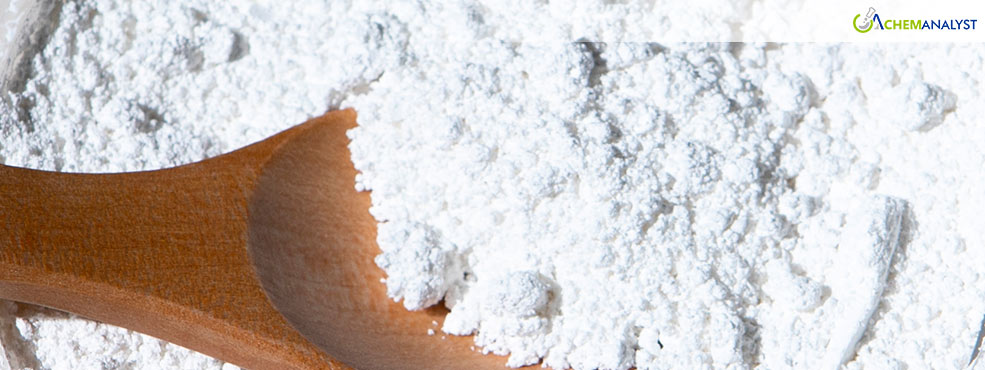Welcome To ChemAnalyst

In June 2025, Chinese and German Potassium Carbonate prices picked up slightly due to tight supply and high production cost, while demand remained weak. Future price direction will hinge on feedstock availability, energy prices, and recovery in fertilizer demand.
During June 2025, Potassium Carbonate prices in both China and Germany rose marginally, due to supply-side constraints rather than a notable rebound in demand. Despite 0.5% and 0.3% price increases in China and Germany, respectively, the general mood in both markets was gloomy, with demand continuing low due to the seasonal decline and risk-averse procurement views.
Potassium carbonate prices increased marginally in China under tight supply conditions although demand from the fertilizer sector was continuously weak. Domestic producers encountered significant obstacles in securing adequate potassium chloride feedstock, with expensive import costs and depleted port inventories forcing many Potassium Carbonate facilities to reduce production capacity. Transportation bottlenecks and delivery irregularities compounded these challenges, creating additional supply pressure.
Downstream demand for Potassium Carbonate, meanwhile, remained poor as industrial customers took a wait-and-see stance and fertilizer industry entered a seasonal slowdown. Export demand from India and Southeast Asia provided minimal support but could not meaningfully alter market balance. Consequently, price action in China through June was modest and mostly supply-related.
Germany's Potassium Carbonate market trend was also alike, with prices exhibiting very little upward revision under pressures of production limitations and cost-push factors. Major international potassium chloride suppliers' maintenance operations restricted the supply of raw materials, while domestic producers' production costs increased in tandem with a spike in natural gas prices.
On the demand side, the majority of buyers had already procured sufficient inventory during May due to EU tariffs on Russian fertilizers and hence there was weak spot activity in June. Additionally, fertilizer application was further reduced by the arrival of summer, and regional export demand was also soft. Though subdued demand may have lured Potassium Carbonate prices downward, supply-side tension supported price stability in the German market.
Looking ahead, both the Chinese and German Potassium carbonate markets are expected to remain range-bound in the short term. Market participants expect ongoing volatility, with China prices set to depend on recovery of potassium chloride imports and fall fertilizer demand. The German Potassium Carbonate market will feel minor upward pressure if energy prices continue, although demand is likely to remain low. Both markets will require improved downstream to support significant price momentum, with the third quarter becoming critical for market direction.
We use cookies to deliver the best possible experience on our website. To learn more, visit our Privacy Policy. By continuing to use this site or by closing this box, you consent to our use of cookies. More info.
